Home>Garden Essentials>Lawn Care: How To Do It Yourself


Garden Essentials
Lawn Care: How To Do It Yourself
Modified: October 19, 2024
Learn how to do your own lawn care with these helpful tips and tricks for maintaining a beautiful garden.
(Many of the links in this article redirect to a specific reviewed product. Your purchase of these products through affiliate links helps to generate commission for Storables.com, at no extra cost. Learn more)
Introduction
Lawn care is an essential aspect of maintaining the beauty and health of your garden. A well-maintained lawn not only enhances the overall aesthetics of your property but also provides a space for outdoor activities and relaxation. While it may seem overwhelming at first, taking care of your lawn can be a rewarding and fulfilling experience.
Whether you have a sprawling estate or a small backyard, proper lawn care practices can make a significant difference in the health and appearance of your grass. From mowing and watering to fertilizing and controlling weeds, there are several steps involved in maintaining a lush and vibrant lawn.
In this article, we will guide you through the process of DIY lawn care, providing you with helpful tips and techniques to achieve a thriving and beautiful lawn. We will cover the necessary tools and materials needed, as well as a step-by-step guide on mowing, watering, fertilizing, controlling weeds, dealing with pests, aerating, seeding or sodding, and ongoing maintenance. So, let’s roll up our sleeves and get started!
Key Takeaways:
- Maintaining a healthy lawn involves mowing, watering, fertilizing, and controlling pests. By following these steps, you can enjoy a lush and vibrant outdoor space that enhances your home’s beauty and provides a space for relaxation and play.
- Proper lawn care requires ongoing commitment and attention to detail. By staying attentive to your lawn’s specific needs and adapting your care practices, you can overcome challenges and create a stunning outdoor space to enjoy for years to come.
Importance of Lawn Care
A well-maintained lawn is more than just a pretty sight. It plays a crucial role in the overall health of your garden and the environment. Here are a few reasons why proper lawn care is important:
- Enhances curb appeal: A lush, green lawn enhances the curb appeal of your property. It creates a welcoming and aesthetically pleasing environment, increasing the value of your home.
- Provides outdoor living space: A healthy lawn provides a space for outdoor activities, such as playing with children, hosting gatherings, or simply enjoying a peaceful afternoon picnic.
- Improves air quality: Grass acts as a natural air filter, trapping dust, pollutants, and even carbon dioxide. It releases oxygen, improving the air quality around your home.
- Controls soil erosion: Properly cared for lawns help prevent soil erosion. The roots of the grass hold the soil in place, minimizing water runoff and protecting the topsoil.
- Reduces heat and noise: A well-maintained lawn can help reduce heat, providing a cooler environment during hot summers. It also absorbs noise, creating a quieter and more peaceful atmosphere.
- Filters water runoff: Lawns act as natural filters, absorbing and filtering rainwater. This helps prevent pollutants from entering water sources and contributes to a healthier ecosystem.
- Encourages biodiversity: A healthy lawn supports a diverse ecosystem. It provides a habitat for beneficial insects, birds, and other wildlife, contributing to the overall biodiversity of your garden.
By understanding the importance of lawn care, you can develop a deeper appreciation for maintaining the health and beauty of your lawn. Now that you are aware of the benefits, let’s dive into the essential tools and materials needed for effective lawn care.
Tools and Materials Needed
Before diving into the process of lawn care, it is important to gather the necessary tools and materials. Here is a list of essential items you will need:
- Lawnmower: Invest in a quality lawnmower that suits the size of your lawn. Choose between a gas-powered, electric, or manual push mower based on your preferences and the size of your lawn.
- String Trimmer: Also known as a weed whacker, a string trimmer helps trim grass or weeds in hard-to-reach areas, such as around trees or along fences.
- Lawn Edger: A lawn edger creates clean lines along the edges of your lawn, giving it a polished and well-maintained appearance.
- Rake: A sturdy rake is essential for removing debris, such as leaves and branches, from your lawn.
- A Sprinkler or Irrigation System: Depending on your water supply and preference, choose either a sprinkler or an irrigation system to ensure proper watering of your lawn.
- Fertilizer Spreader: A fertilizer spreader will help evenly distribute fertilizer across your lawn, providing essential nutrients for healthy growth.
- Weed Control Tools: Invest in weed control tools such as a manual weed puller or a weed control spray to effectively manage and eradicate unwanted weeds.
- Aerator: An aerator is used to create small holes in the soil, allowing air, water, and nutrients to penetrate the roots of the grass.
- Grass Seed or Sod: Depending on your preference and the condition of your lawn, you may need grass seed or sod to fill in bare patches or establish a new lawn area.
- Fertilizer: Choose a high-quality fertilizer that suits your specific lawn needs, whether it’s for promoting growth, maintaining color, or strengthening the roots.
- Protective Gear: Don’t forget to wear appropriate gear, such as gloves, safety glasses, and sturdy shoes, to protect yourself while working on your lawn.
Having the right tools and materials will make your lawn care tasks easier and more efficient. Now that you have gathered everything you need, let’s move on to the steps involved in maintaining a healthy lawn.
Step 1: Mowing the Lawn
Mowing your lawn is a fundamental aspect of lawn care that helps promote healthy growth and maintain an attractive appearance. Follow these steps to mow your lawn effectively:
- Prepare your lawnmower: Before you begin, ensure that your lawnmower is in good working condition. Check the oil level, clean the blades, and make sure the cutting height is set correctly.
- Clear the area: Remove any debris, toys, or obstacles from the lawn to prevent them from getting caught in the lawnmower and causing damage.
- Mow when the grass is dry: It is best to mow the lawn when the grass is dry to avoid clumping and uneven cuts. Early morning or late afternoon is usually the ideal time.
- Set the cutting height: Adjust the cutting height of your lawnmower based on the recommended height for your type of grass. Avoid cutting more than one-third of the grass blade length at a time.
- Mow in different directions: To prevent the grass from leaning in one direction and promote upright growth, mow in different directions each time you mow your lawn.
- Overlap each pass: Overlap each pass slightly to ensure that no patches of grass are missed. This will result in an even and uniform cut.
- Alternate the mowing pattern: To avoid compacting the soil and creating ruts, alternate the mowing pattern each time you mow. For example, if you mowed in straight lines last time, mow in diagonal lines this time.
- Leave the clippings: Instead of bagging the grass clippings, consider leaving them on the lawn. They act as a natural fertilizer, providing nutrients to the soil as they decompose.
- Clean up: After mowing, use a rake or leaf blower to clean up any stray clippings or debris on the lawn.
Maintaining a proper mowing routine is crucial for a healthy lawn. Regular mowing not only keeps your lawn looking neat and well-manicured but also encourages the grass to grow thicker and stronger. Remember to vary your mowing pattern and adjust the cutting height based on the growth of your grass. With each mowing session, you will be one step closer to a vibrant and vibrant lawn.
Step 2: Watering the Lawn
Proper watering is essential to maintain the health and vitality of your lawn. Here are the steps to effectively water your lawn:
- Determine the watering needs: Different types of grass have varying watering requirements. Research the specific needs of your grass species to understand how much water is necessary.
- Water deeply and infrequently: Instead of frequent shallow watering, it is better to water deeply and less frequently. This encourages the roots to grow deeper into the soil, making the grass more drought-tolerant.
- Water early in the day: Water your lawn early in the morning, preferably between 6 am and 10 am. This allows the grass to dry before evening and prevents disease-causing moisture buildup.
- Use the right amount of water: Aim for about 1 inch of water per week, including both rainfall and irrigation. Use a rain gauge or place empty cans around the lawn to measure the amount of water applied.
- Avoid excessive watering: Overwatering can lead to shallow root growth, weak grass, and increased susceptibility to disease and pests. Ensure that the soil has proper drainage to avoid waterlogging.
- Water evenly and consistently: Ensure that the water is distributed evenly across the lawn. Avoid creating water runoff by adjusting sprinklers or using a soaker hose to provide gentle and consistent watering.
- Adjust watering based on weather conditions: During periods of rainfall, reduce or skip watering to avoid over-saturation. On hot and dry days, increase the watering frequency but avoid water evaporating due to excessive heat.
- Monitor the soil moisture: Check the moisture level of the soil regularly by inserting a screwdriver or finger into the ground. If the top 1-2 inches of soil are dry, it is time to water.
- Consider installing an irrigation system: An automatic irrigation system can efficiently and consistently water your lawn. It allows for customizable scheduling and ensures adequate coverage.
Remember that proper watering is crucial, especially during the establishment phase of a new lawn or after seeding. It is important to balance water conservation with the need for a healthy and thriving lawn. By following these watering guidelines, you can maintain a lush and vibrant lawn that will be the envy of the neighborhood.
Read more: How To Do Home Repairs Yourself
Step 3: Fertilizing the Lawn
Fertilizing your lawn provides essential nutrients that promote healthy growth, lush green color, and resistance to pests and diseases. Here’s how to effectively fertilize your lawn:
- Test the soil: Before fertilizing, it’s important to test the soil to determine its pH level and nutrient deficiencies. This will help you choose the appropriate fertilizer and determine the correct application rate.
- Choose the right fertilizer: Select a high-quality fertilizer specifically formulated for your type of grass and the current needs of your lawn. Look for a balanced ratio of nitrogen (N), phosphorus (P), and potassium (K).
- Follow the recommended application rate: Refer to the fertilizer package for the recommended application rate. Apply the fertilizer evenly across the lawn using a spreader, making sure to avoid over-application.
- Consider slow-release fertilizers: Slow-release fertilizers gradually release nutrients over time, providing a steady and prolonged feeding for your lawn. This reduces the risk of fertilizer burn and ensures long-lasting results.
- Apply fertilizer at the right time: Timing is crucial when it comes to fertilizing your lawn. Apply fertilizer during the growing season when grass is actively growing, typically in spring and fall. Avoid fertilizing during extreme heat or drought.
- Water the lawn after fertilizing: After applying fertilizer, water your lawn lightly to help the nutrients penetrate the soil and reach the roots. This will minimize the risk of burning the grass and ensure effective absorption.
- Maintain a fertilization schedule: Regular fertilization is important to keep your lawn healthy. Develop a fertilization schedule based on the needs of your grass and the recommendations for your specific region and grass species.
- Consider organic alternatives: Organic fertilizers are an eco-friendly option that gradually release nutrients and improve the overall soil health. They are typically derived from natural sources, such as compost or animal byproducts.
- Follow local regulations: Some areas have specific regulations regarding lawn fertilization to protect water bodies and prevent nutrient runoff. Familiarize yourself with local guidelines and adhere to any restrictions.
Fertilizing your lawn appropriately will ensure that your grass receives the necessary nutrients for vigorous growth and a vibrant green color. However, avoid over-fertilization as it can lead to excessive growth, weak roots, and environmental pollution. By following these steps and maintaining a consistent fertilization schedule, you can achieve a healthy and visually appealing lawn.
When mowing your lawn, make sure to only cut one-third of the grass blade at a time to promote healthy growth and prevent stress on the grass.
Step 4: Controlling Weeds
Weeds can quickly invade and disrupt the beauty of your lawn, competing for resources and crowding out the grass. Here are some effective steps to control weeds and maintain a weed-free lawn:
- Regularly inspect your lawn: Keep a close eye on your lawn and look out for any signs of weed growth. Early detection allows for prompt action and prevents weeds from spreading.
- Hand-pull weeds: For isolated weeds or small patches, hand-pulling can be an effective method. Pull the weeds from the root, ensuring to remove the entire plant to prevent regrowth.
- Use a weed control product: Select a selective herbicide product specifically formulated for the weeds you are targeting. Follow the instructions carefully and apply the product as directed to avoid damage to your grass.
- Apply pre-emergent herbicides: Pre-emergent herbicides inhibit the germination of weed seeds, preventing them from taking root in the first place. Apply these herbicides in early spring before weed seeds begin to sprout.
- Maintain a healthy lawn: A dense and well-maintained lawn is your best defense against weed invasion. Encourage healthy grass growth by following proper watering, fertilization, and mowing practices.
- Avoid over-watering: Excessive watering can create favorable conditions for weed growth. Water your lawn deeply but infrequently to promote deep root growth of the grass while depriving weeds of moisture.
- Mulch garden beds: Mulching garden beds helps to suppress weed growth by blocking sunlight and preventing weed seeds from germinating. Apply a layer of organic mulch around plants to discourage weed growth.
- Practice good lawn maintenance: Regularly mow your lawn at the appropriate height, as taller grass shades out weed growth. Avoid cutting your grass too short, as this can stress the grass and make it more susceptible to weeds.
- Consider manual weed control tools: If you prefer an organic approach, tools like a dandelion weeder or a weed torch can be effective for targeting individual weeds without the use of chemicals.
- Be persistent: Weed control is an ongoing process. Regularly check and address any new weeds that pop up to prevent them from spreading and taking over your lawn.
Controlling weeds requires attention and regular maintenance, but it is essential for maintaining the health and appearance of your lawn. By implementing these weed control strategies and staying diligent, you can keep your lawn free from unsightly weeds and ensure the continued beauty of your outdoor space.
Step 5: Dealing with Pests
Pests can wreak havoc on your lawn, causing damage to the grass and compromising its overall health. Here are some steps to effectively deal with common lawn pests:
- Identify the pests: Proper pest identification is crucial for implementing the appropriate control measures. Look for signs of pest damage, such as chewed grass blades, tunnels, or brown patches.
- Encourage natural predators: Foster a healthy ecosystem in your lawn by attracting beneficial insects and birds that prey on pests. Plant native flowering plants, install birdhouses, or create a habitat that supports natural pest control.
- Practice good lawn maintenance: A well-maintained lawn is less susceptible to pest infestations. Healthy grass, proper watering, and regular fertilization help fortify the lawn against pests.
- Physical removal: For larger pests like grubs or caterpillars, physically removing them by hand or using a bucket of soapy water can be effective, especially for small infestations.
- Apply organic pesticides: If natural controls are not sufficient, consider using organic pesticides that are safe for the environment and non-toxic to humans and pets. Follow the instructions carefully.
- Use chemical pesticides as a last resort: If all else fails, chemical pesticides can be used, but they should be a last resort. Select a pesticide specifically formulated for the pest you are targeting. Follow application instructions and use precautions to minimize environmental impact.
- Practice proper lawn hygiene: Remove any debris, thatch, or leaf litter in your lawn, as these can harbor pests and provide breeding grounds. Regularly rake and clean up to create an inhospitable environment for pests.
- Prevent pest-friendly conditions: Adjust your lawn care practices to reduce conditions that attract pests. For example, ensure proper drainage to prevent waterlogged areas and avoid over-fertilizing, as it can attract certain pests.
- Monitor regularly: Consistently monitor your lawn for signs of pest activity. Early detection allows for prompt action and prevents severe damage.
- Consult with professionals: If you are facing a persistent or severe pest problem, seek advice from a professional lawn care service. They can provide specialized knowledge and recommend effective treatment methods.
Dealing with pests in your lawn requires a combination of preventive measures, cultural practices, and targeted pest control methods. By staying vigilant and taking appropriate steps to manage pests, you can protect your lawn and maintain its health and vigor.
Step 6: Aerating the Lawn
Aerating your lawn is a critical step in maintaining its health and promoting strong root growth. Aeration involves the removal of small plugs of soil from the lawn, allowing air, water, and nutrients to reach the grassroots. Here’s how to aerate your lawn effectively:
- Determine if aerating is necessary: Look for signs of compacted soil, such as pooling water after rain, reduced water absorption, or thinning grass. Lawns with heavy foot traffic or clay soil are often in need of aeration.
- Choose the right time: Aerating is best done during the growing season when the grass has the ability to recover quickly. Spring and fall are ideal times for most grass types.
- Water the lawn: Before aerating, water the lawn thoroughly to soften the soil, making it easier to penetrate and remove the plugs of soil.
- Select the appropriate aerating tool: There are several tools available for aeration, including manual or motorized core aerators, spike aerators, and liquid aerators. Choose the tool that suits your lawn size and personal preference.
- Aerate in a pattern: Move the aerator across the lawn in a pattern, covering the entire area. Overlap each pass to ensure even aeration and remove plugs of soil to a depth of around 2-3 inches.
- Leave the plugs on the lawn: After aerating, leave the plugs on the surface of the lawn. They will break down over time, providing additional nutrients to the grass and aiding in soil improvement.
- Apply compost or topdressing: Spread a thin layer of compost or topdressing material over the lawn after aerating. This helps fill in the holes and improves soil structure and fertility.
- Water and fertilize: Water the lawn lightly after aerating to help the soil and grass recover. Follow up with a light application of fertilizer to provide nutrients to the roots.
- Repeat as necessary: Depending on the condition of your lawn, aerate once a year or every few years. Heavily compacted lawns may require more frequent aeration.
- Maintain a healthy lawn: After aerating, continue with regular lawn care practices, including proper mowing, watering, and fertilizing, to promote overall lawn health.
Aerating your lawn improves air circulation, water absorption, and nutrient uptake, leading to stronger and healthier grass. By following these steps and incorporating aeration into your lawn care routine, you can ensure the long-term vitality of your lawn.
Read more: How To Do Spray Foam Insulation Yourself
Step 7: Seeding or Sodding
Seeding or sodding is an effective way to establish or repair a lawn, filling in bare areas and promoting uniform grass coverage. Here are the steps for seeding or sodding your lawn:
- Assess the lawn: Determine if seeding or sodding is the best option for your lawn. Seeding is suitable for larger areas or when you want to introduce a specific grass variety, while sodding provides instant results and is ideal for smaller areas or quick lawn establishment.
- Prepare the soil: Clear the area of any debris and loosen the topsoil using a rake or tiller. Ensure the soil is well-drained and free from weeds and existing grass.
- Seeding:
- Choose the appropriate grass seed for your region and lawn conditions. Consider factors such as sunlight exposure, soil type, and foot traffic.
- Spread the seed evenly across the prepared soil. Use a seed spreader or broadcast by hand, following the recommended seeding rate.
- Rake the seed lightly into the soil, ensuring good seed-to-soil contact. Avoid burying the seeds too deeply, as they require light to germinate.
- Press the seed into the soil gently using a roller or by walking over the seeded area. This promotes better seed-to-soil contact.
- Water the area immediately after seeding and keep the soil consistently moist until the grass germinates.
- Maintain proper watering and follow a regular fertilization schedule to support the growth of newly seeded grass.
- Sodding:
- Measure the area you want to sod and purchase high-quality sod from a reputable supplier.
- Prepare the soil by removing debris, loosening it, and adding organic matter if needed. Ensure the soil is level and moist.
- Lay the sod in a staggered pattern, ensuring tight seams between each piece. Use a sharp knife to trim the sod to fit around edges and irregular shapes.
- Press the sod firmly into the soil to establish good contact and eliminate any air pockets. This helps the roots establish quickly.
- Water the newly sodded area thoroughly, ensuring that the soil is moist to a depth of 4-6 inches. Continue to water regularly, keeping the sod moist during the establishment period.
- Avoid using the sodded area until the roots have firmly established, usually after a few weeks. Limit foot traffic and follow a regular watering and maintenance schedule as recommended by the sod supplier.
- Monitor and maintain: Monitor your newly seeded or sodded lawn closely. Follow proper watering, mowing, and fertilization practices to help the grass establish and thrive.
Whether you choose to seed or sod, proper preparation and maintenance are crucial for successful lawn establishment. With patience and care, you can enjoy a beautiful, lush lawn that enhances the appearance of your outdoor space.
Step 8: Maintaining the Lawn
Maintaining a healthy and vibrant lawn requires ongoing care and attention. Follow these steps to keep your lawn looking its best:
- Mow regularly: Stick to a regular mowing schedule, aiming to remove no more than one-third of the grass blade height at a time. Adjust the cutting height based on the growth rate of your grass.
- Water appropriately: Water deeply but infrequently, allowing the water to penetrate the soil to encourage deep root growth. Water in the early morning to minimize evaporation and avoid watering during rainy periods.
- Fertilize as needed: Apply a balanced fertilizer according to the specific needs of your lawn and grass type. Follow a fertilization schedule and use caution to prevent over-application, which can lead to excessive growth and environmental issues.
- Control weeds: Regularly inspect your lawn for weeds and promptly address any growth. Hand-pull weeds, use targeted herbicides, and practice good lawn care habits to prevent weed invasion.
- Monitor for pests and diseases: Keep an eye out for signs of pests or diseases, such as brown patches, thinning grass, or unusual spots on the leaves. Take appropriate action to control pests and seek professional advice if needed.
- Avoid excessive foot traffic: Minimize foot traffic on your lawn, especially when the grass is wet or dormant. Redirect traffic to designated pathways to prevent soil compaction and damage to the grass.
- Aerate when necessary: If your lawn becomes compacted or develops poor drainage, consider aerating to improve soil structure and promote healthier root growth. This should be done every few years or as needed.
- Overseed bare patches: If you notice bare patches or thinning areas in your lawn, overseed with grass seed to promote thick and uniform grass coverage. Ensure good seed-to-soil contact and provide proper watering for germination.
- Remove thatch: Regularly dethatch your lawn to remove the buildup of dead grass and debris. Excessive thatch can prevent water and nutrients from reaching the soil and suffocate the grass roots.
- Provide regular maintenance: Edge the lawn, trim the borders, and keep pathways clear for a well-manicured appearance. Regularly clean up debris, rake leaves, and remove any lawn clippings.
Maintaining your lawn is an ongoing commitment, but the rewards are a lush, healthy, and beautiful outdoor space. By following these maintenance steps and incorporating them into your lawn care routine, you can enjoy a thriving lawn that becomes the envy of your neighborhood.
Conclusion
Caring for your lawn is not only a gratifying experience but also an essential part of maintaining the beauty and health of your outdoor space. By following the steps outlined in this guide, you can achieve a vibrant and lush lawn that enhances your property’s curb appeal and provides a space for relaxation, play, and enjoyment.
From mowing and watering to fertilizing and controlling pests, each aspect of lawn care plays a crucial role in promoting a healthy and thriving lawn. By incorporating proper maintenance techniques and being mindful of the specific needs of your lawn, you can ensure that your grass remains vibrant, resilient, and resistant to common issues such as weeds and diseases.
Remember to regularly monitor your lawn, addressing any problems that arise promptly. Stay attentive to signs of pest infestations, nutrient deficiencies, or any other issues that may impact the health and appearance of your lawn. With proper care and maintenance, you can overcome these challenges and enjoy a lush and beautiful landscape.
Furthermore, it’s essential to adapt your lawn care practices to your specific location, grass type, and climate. Consider consulting with local experts or extension offices for guidance tailored to your region. They can provide valuable insights into factors such as ideal mowing heights, recommended watering schedules, and specific pest and weed management strategies.
Remember, lawn care is a continuous process. Regular mowing, watering, fertilizing, and preventative measures are key to maintaining a healthy lawn year after year. With dedication, proper techniques, and a little bit of time, you can create a stunning outdoor space that you can enjoy and be proud of for years to come.
Frequently Asked Questions about Lawn Care: How To Do It Yourself
Was this page helpful?
At Storables.com, we guarantee accurate and reliable information. Our content, validated by Expert Board Contributors, is crafted following stringent Editorial Policies. We're committed to providing you with well-researched, expert-backed insights for all your informational needs.
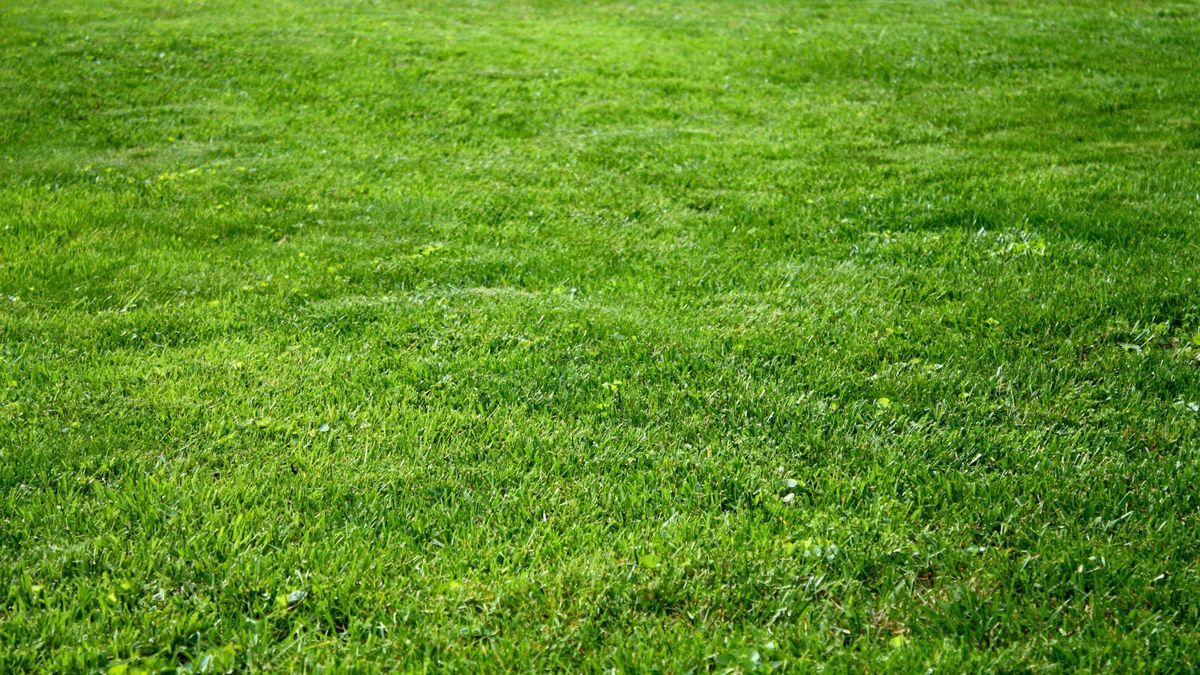

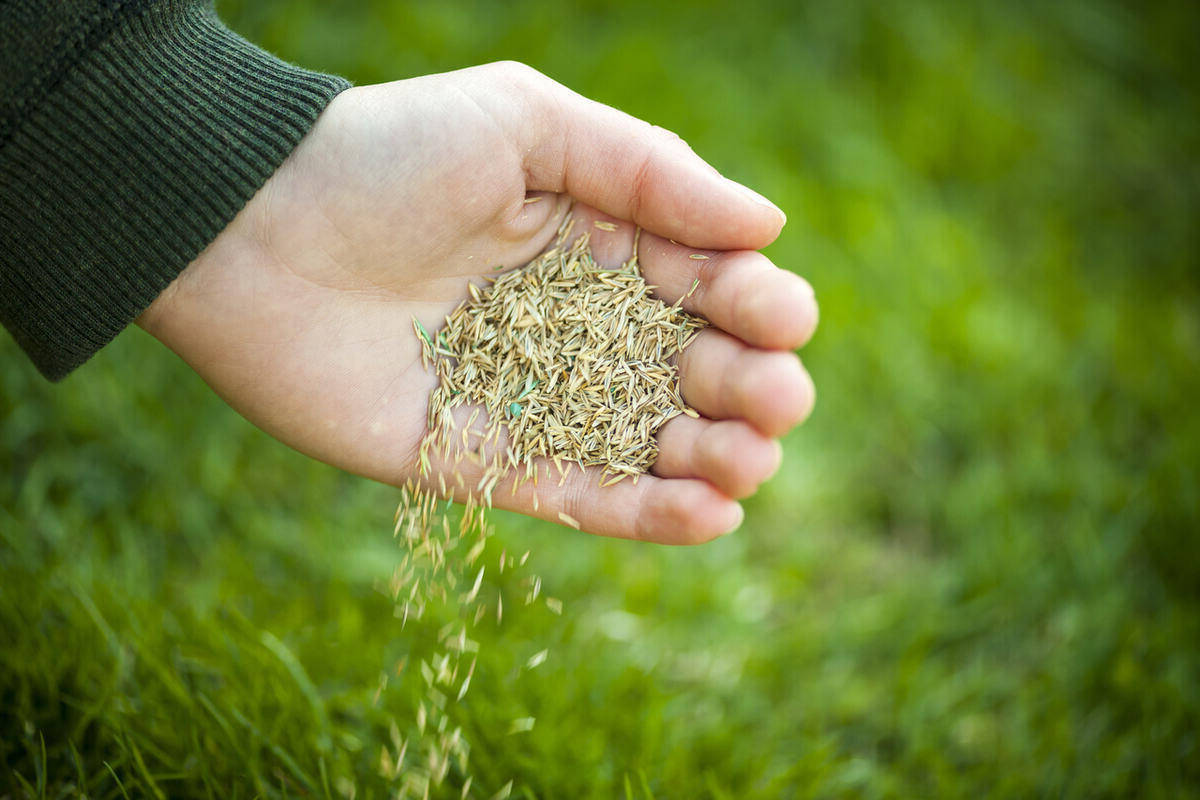

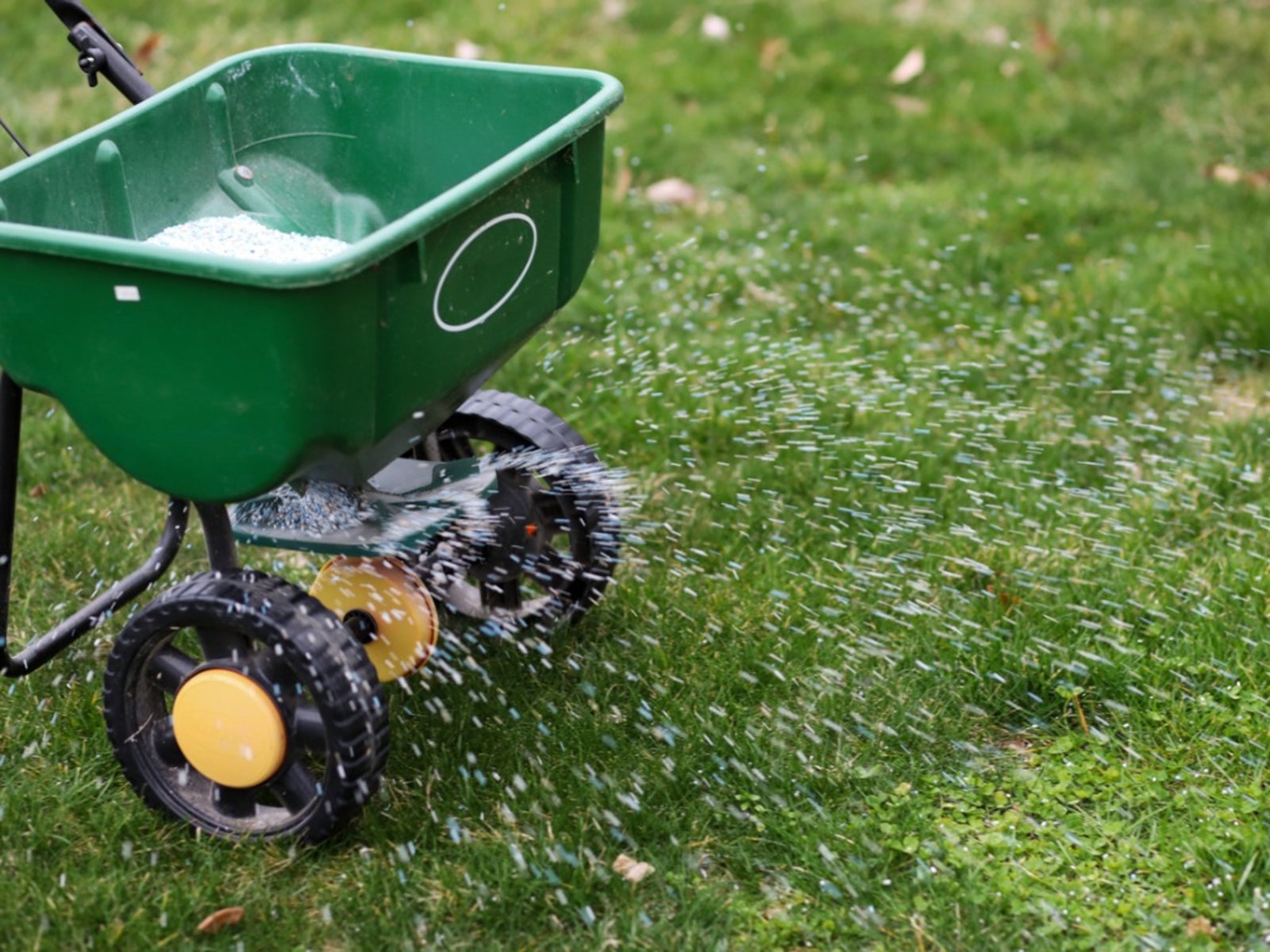
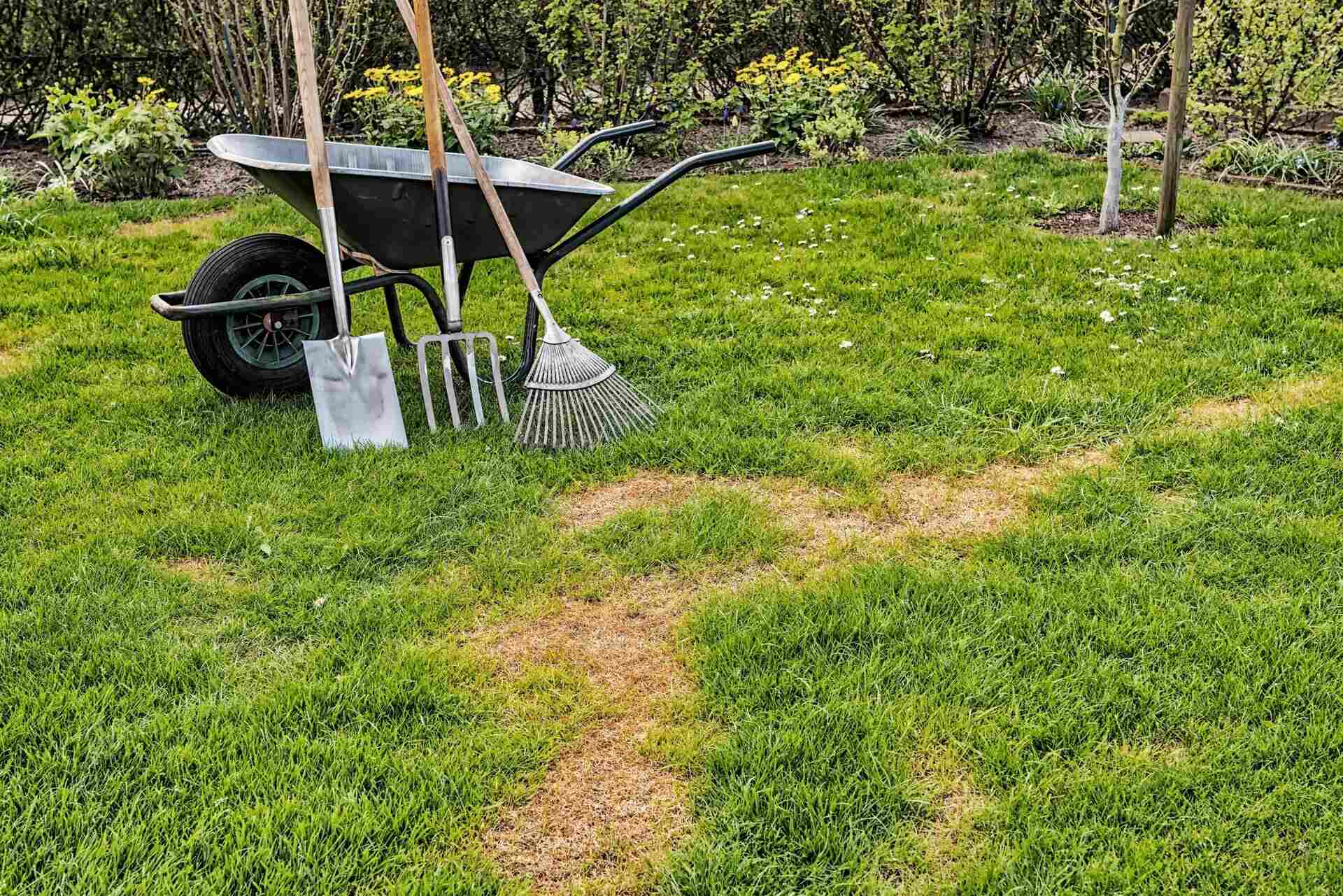
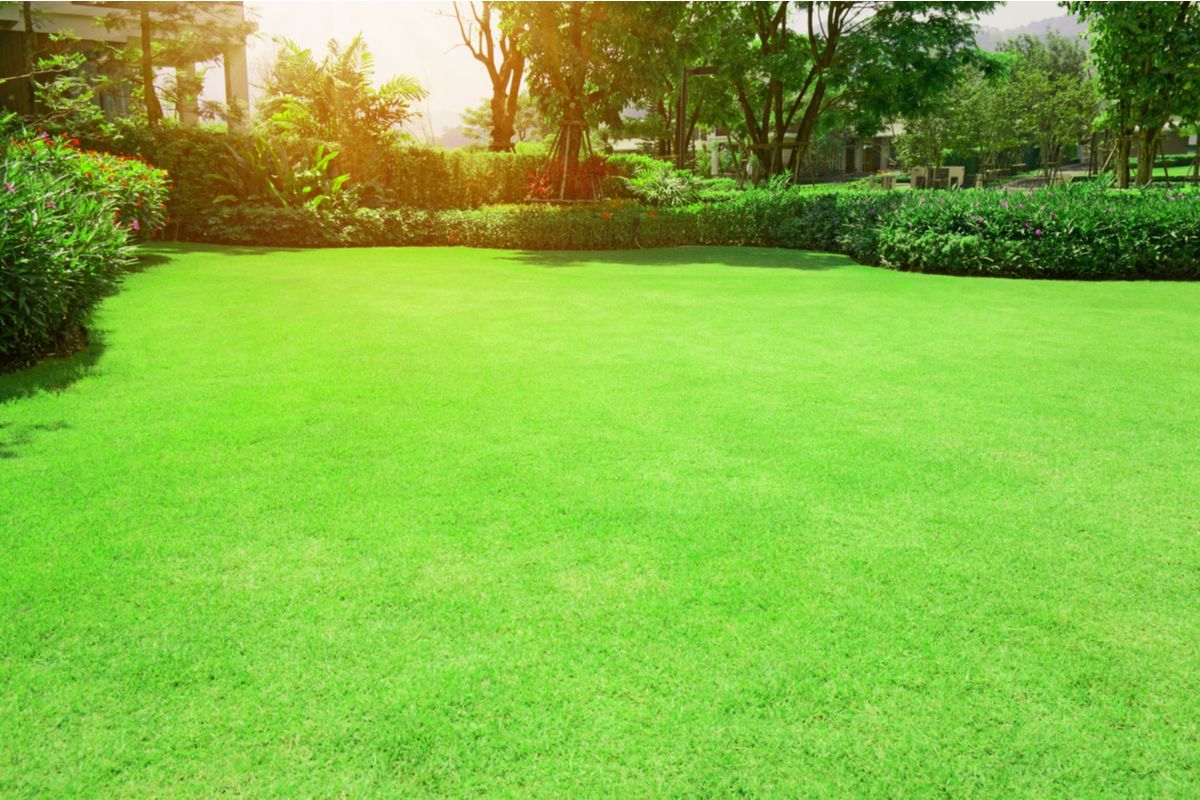


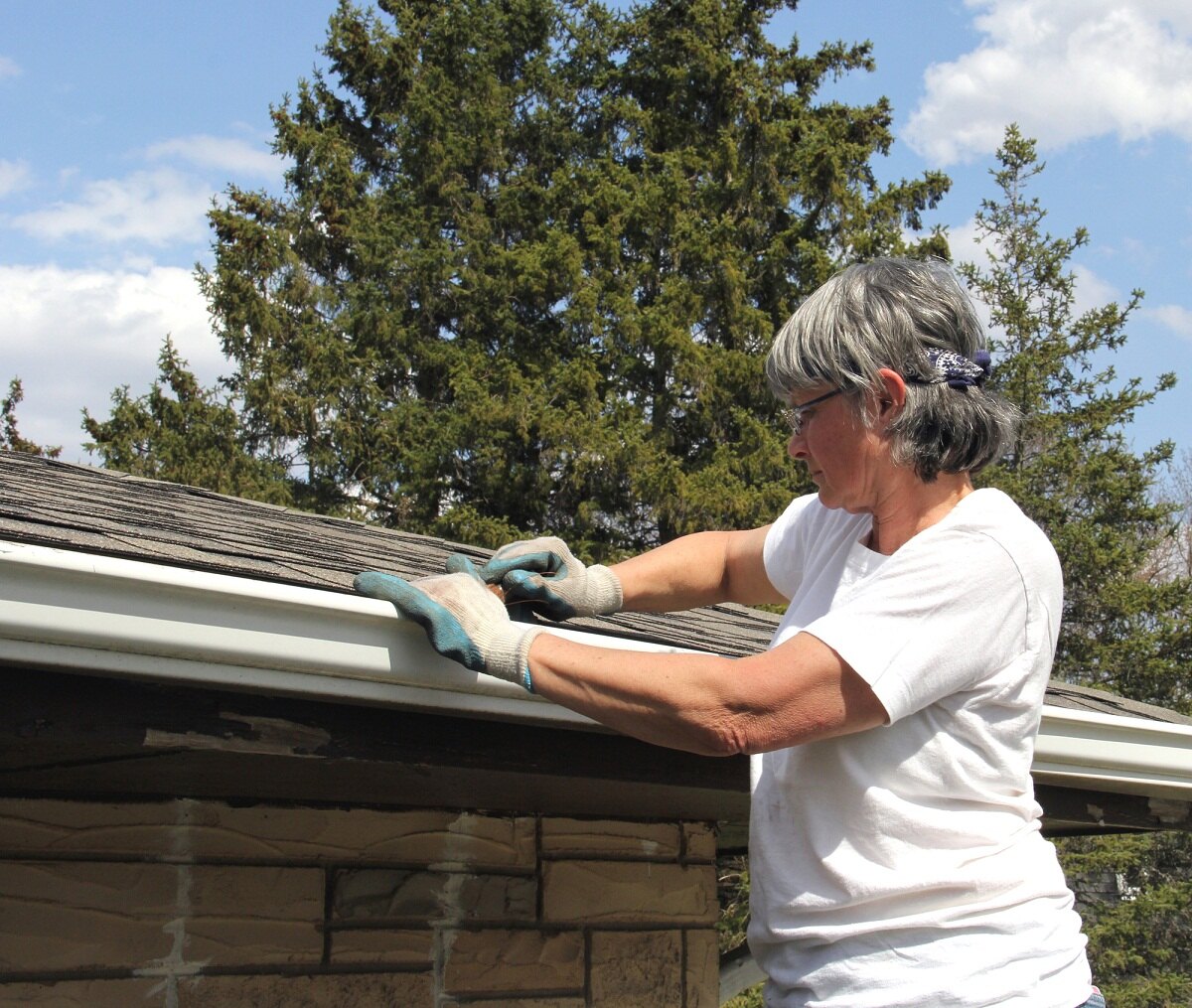
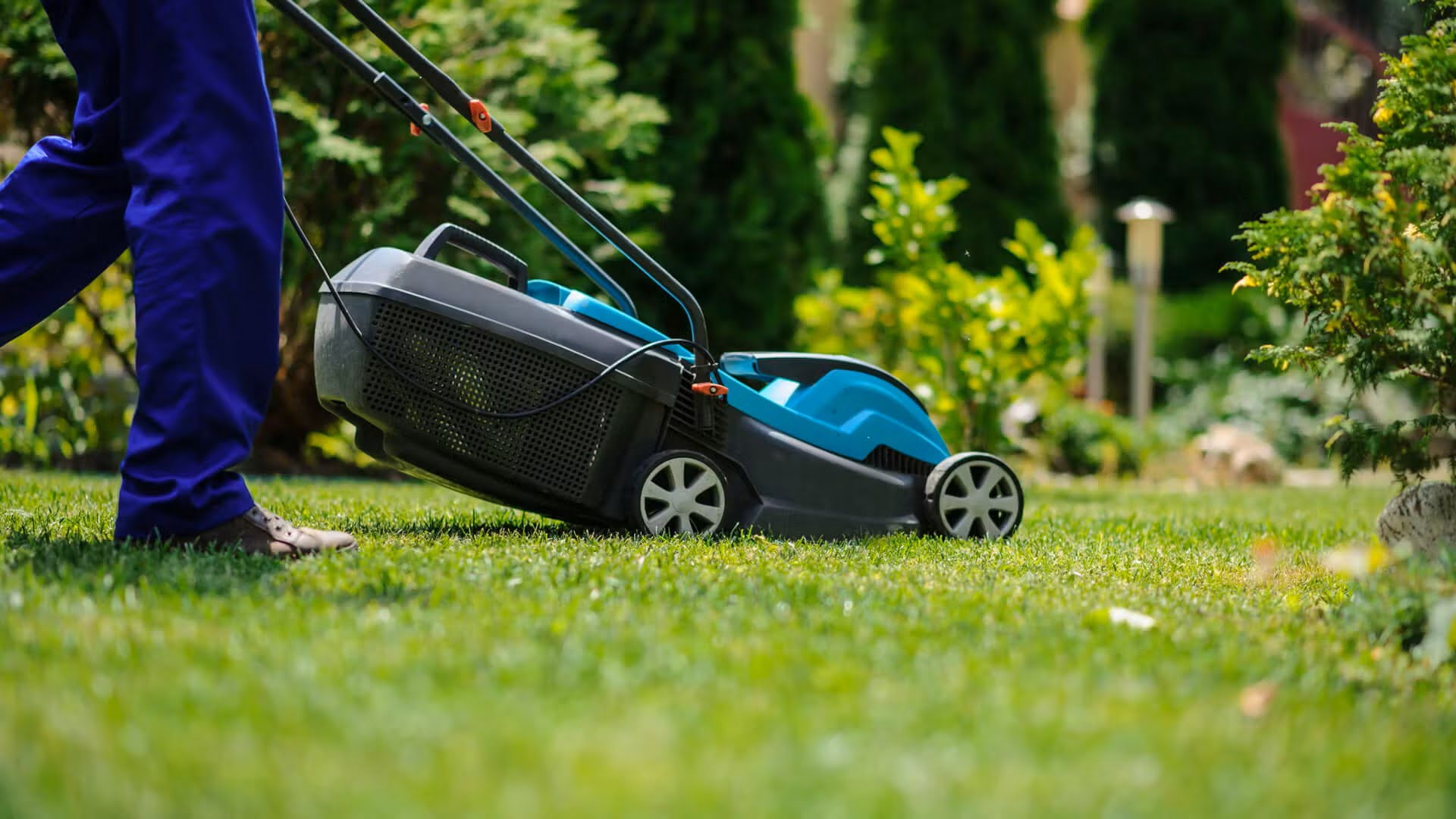
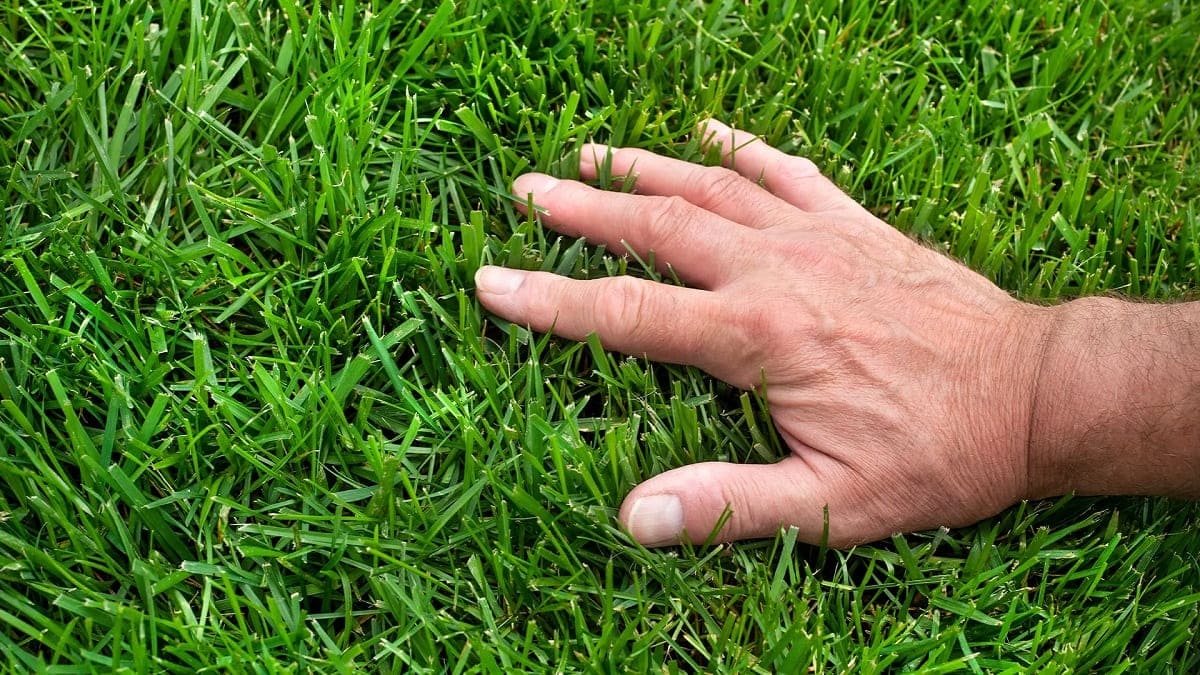


0 thoughts on “Lawn Care: How To Do It Yourself”